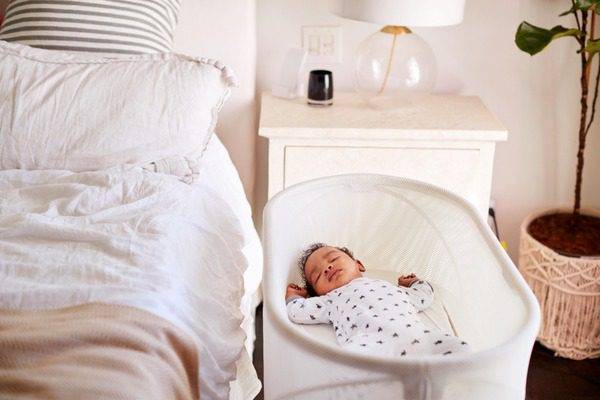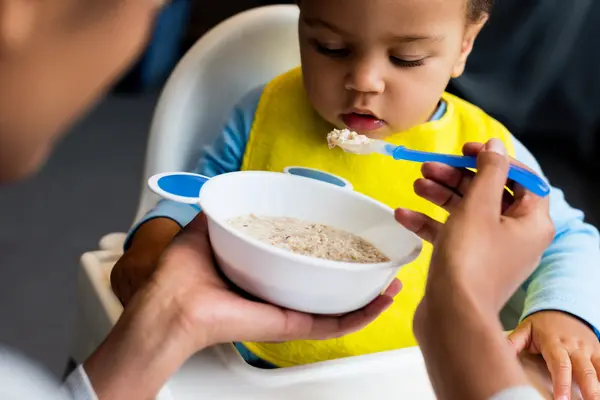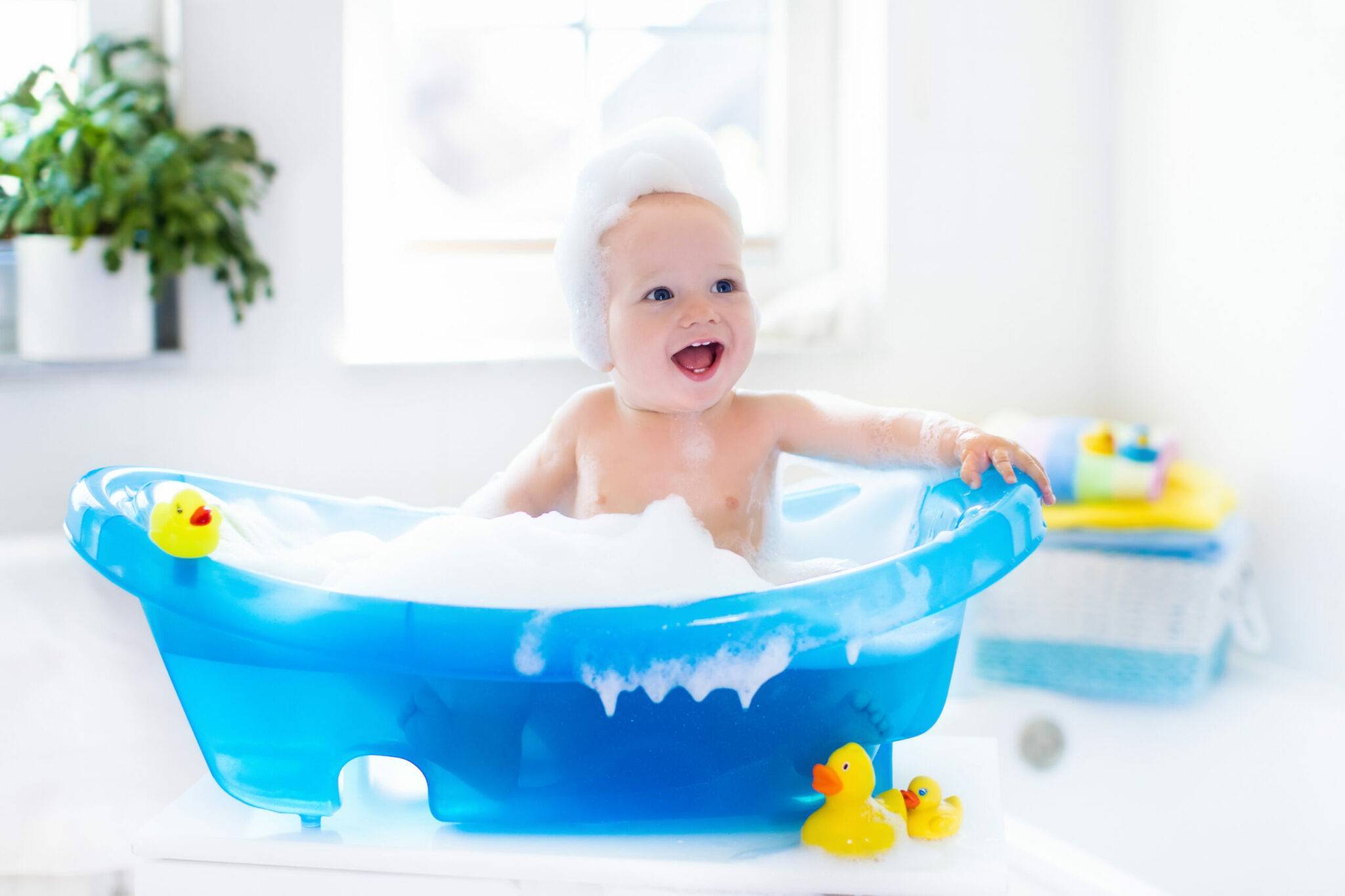“Soft as a baby’s bottom” is the old saying meant to describe something so soft it’s like the skin of a baby. Usually, a baby’s skin is that way! But what if your baby’s bottom, or face, or the bend of their arms and knees has raised bumps or red rashes?
Eczema in babies is a fairly common occurrence, and luckily, it typically goes away on its own. Here’s what you need to know about the condition and tips to help banish it for good.
Understanding “Infant Eczema”
Typically appearing between months two and four, “infant eczema” is the term doctors use to describe the patches of flaky, pink to reddish skin which can sometimes have small pimples that pop. It can appear in several places, but it’s usually in exposed areas of baby’s body like the cheeks, scalp, or inner arm by the elbows.
There are two types of infant eczema: atopic and contact dermatitis.
- Atopic: This is typically a hereditary condition from allergies, asthma, or eczema.
- Contact: This type is a rash that crops up when your baby’s skin is exposed to an irritant.
It’s important to note: infant eczema is not contagious nor is it dangerous to your baby’s health. They will be uncomfortable and itchy, but you can help with that!
Common Triggers
- Allergens like pet dander and cigarette smoke
- Laundry detergents and fabric softeners
- Scented soaps
- Dust
- Scratchy fabrics
- Moisture (like a wet neck from drool or a leaky bottle)
Take Baby to the Doctor When…
It’s okay to start with at-home treatment options like the ones listed below, but you should also have your baby checked at the doctor if you suspect an eczema rash. If you’re having trouble getting it under control, go ahead and make an appointment to see the doctor. It may require a stronger hydrocortisone cream and antihistamine to stop the itching.
Treating Baby Eczema
When your baby first shows signs of the rash, it’s time to get down to treating it. Because it can be caused by allergens or moisture, you need to assess your environment. Does your baby drooling go unchecked for a while? What detergent are you using? Which baby soap is your favorite? Take stock of the things that could be causing the rash and consider the following changes:
- Pat away drool whenever you see it and consider a bib to keep it off the neck.
- Switch laundry to a hypoallergenic option like Dreft
- Find a mild soap that is fragrance-free and easy on skin
- Stop using bubbles in baths
Next, you can take a few actions that will relieve the symptoms. First, put your baby in lightweight clothing and use light cotton blankets. Avoid clothing with tags that may irritate the skin. Second, change the temperature of your baby’s bathwater to lukewarm, and only put your baby in the bath for a maximum of 10 minutes. The shorter your baby sits in the water, the better.
Lastly, a moisturizer should be used on the rash after bath and before bed. There are several good options like Curel and Eurcerin that are gentle on baby’s skin. I’ve had two babies with infant eczema, and my go-to was Gold Bond Healing. I bathed the babies every other day but applied the Gold Bond twice a day in the morning and in the evening, and it cleared right up!
Make sure to talk with your doctor about any concerns you might have before starting treatment at home.





